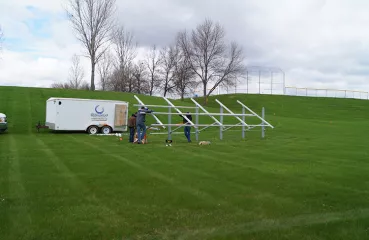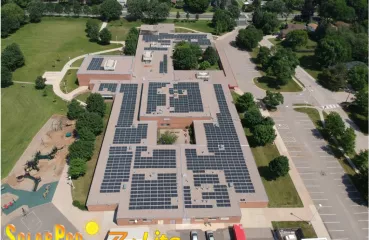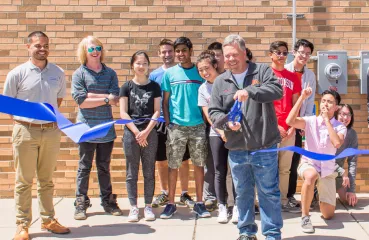If those are not good options for your school, there’s another way to do solar! Third-party financing is a popular way for schools (and other local governments) to finance renewable energy. Generally, the school enters into a Power Purchase Agreement, paying a fixed price per kWh for power generated by the solar array. The kWh rate is typically lower than the local utility rate. The third-party company installs, owns, operates, and maintains the solar array and can tap into tax benefits not available to the public sector.
According to Peter Lindstrom, “Negotiating the contract isn’t always a quick and easy process. There are a lot of questions to be answered.” Dave Endicott, who led the Pine River-Backus school district through its solar procurement process, agrees. “It is far more complicated in working through the contractual details, billing, energy measurements, etc. than anyone could anticipate. It is not just as simple as saying we want solar, installing it and then collecting the energy and savings.”
Fortunately, there is help available. CERTs provides free assistance to schools interested in exploring their solar options. Peter Lindstrom has worked on dozens of solar procurement processes and is available to help your school go solar.




